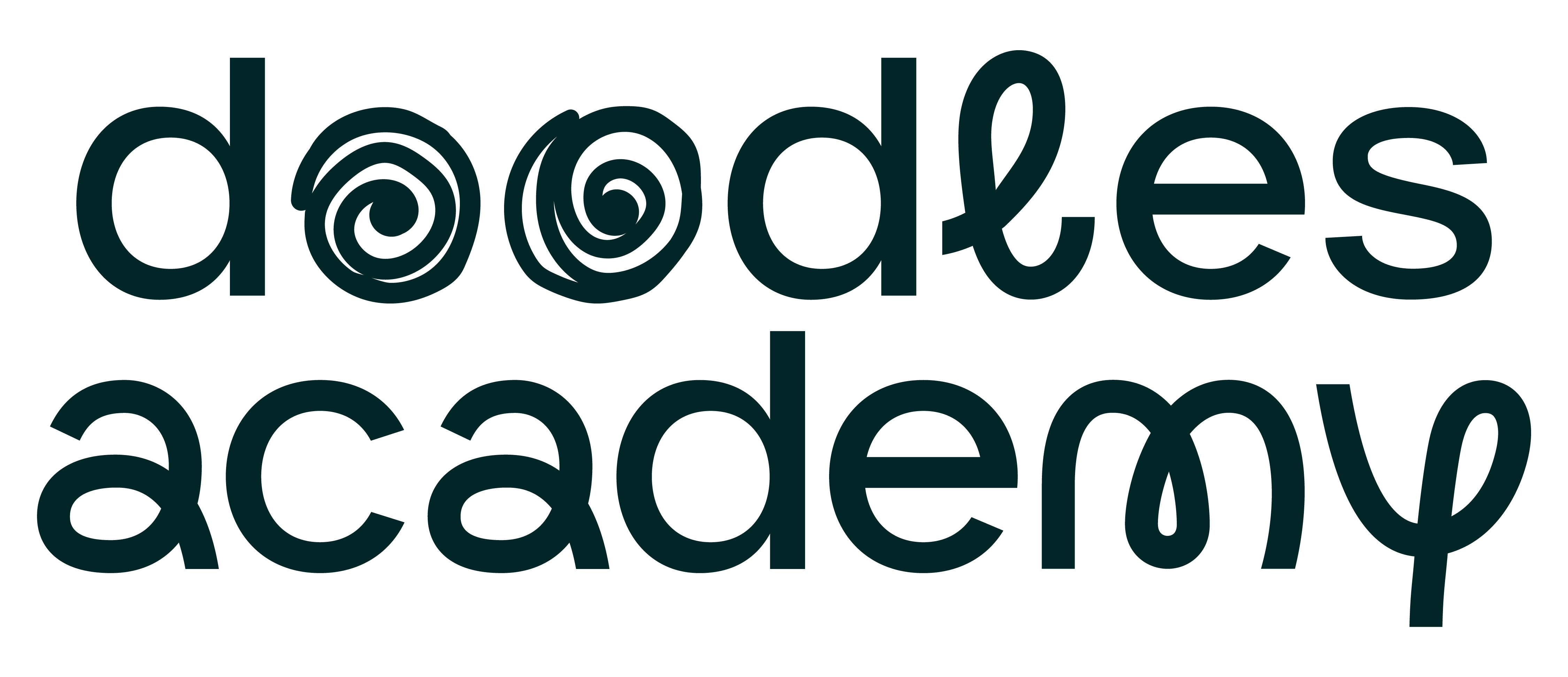Back to: A Toy’s Story (lower grades)
Overview:
In this lesson, artists are introduced to the concept of a ‘still life’. They learn basic observational skills then try their hand at a still life of their teacher’s creation. They are asked to bring in their favorite toy from home for the next lesson.
Students will be able to:
- understand what a still life is.
- draw a still life from observation.
-
break up an object into shapes to keep it manageable.
Setup:

Students will be working independently.

Have materials set up in a way that is easy to pass out, see, and select from.

Consider how you will set up still-lifes (see notes below.
*Depending on the size of your class, multiple still-life set-ups may be necessary. A still life is simply an arrangement of objects. Students can sit all the way around this arrangement and draw it from different angles. However, care should be taken that each student can see the arrangement they are drawing well. One solution is to set up the still life on a tall stool and have students sit around it with notebooks as a drawing surface. Another is to group students around tables in groups of 4-5. The still life(s) can be set up by the teacher prior to class, but if you have the time, build up engagement by allowing students to choose their own objects from your selection and set up their own pairings.
Materials:
- Copy paper
- Pencils
- Interesting objects for students to draw (see notes below)
- Markers
- Colored Pencils or Crayons for early finishers
Media:
- N/A
Handouts & Photocopies:
- To go home—a note to go home requesting students to bring a toy for the next lesson.
NOTE: How to choose objects and set up a still life: Bring in a variety of objects. These can be everyday objects you have around the house, such as cups and stuffed animals and plants. But, give student artists some different things to look at by varying the sizes, shapes, textures and colors of the objects you choose. If you are setting up the still life prior to class beginning, try to vary the elevations. Use taller things to contrast with shorter. Start with a focal point and build around it—the focal point should be the most interesting object, the object that one’s eyes go to first. See note on allowing students to choose and set up, if possible. If you have time, thrift stores or dollar stores are great resources for unusual objects.
Lesson 1
10M, INSPIRATION IMAGE
LOOK AND DISCUSS AN ART PIECE THAT INTRODUCES SOME OF THE LESSON CONCEPTS
Project the inspiration image where students can see it. Give students a moment to study it silently, then begin a brief discussion with the phrase, “What can we find?”. Paraphrase what students say for the benefit of the class, being careful to remain neutral, then ask “What else can we find?”. Alternately, allow them to draw or write what they notice on a blank piece of paper or in a sketchbook.
- Sorrowful Friday, María Izquierdo 1944-1945
- This is a still life–a collection of objects. The artist presents an altar made to commemorate the feast of the seven pains of the Virgin. She painted several similar scenes, each with a different image of the Virgin and a different composition of objects. She based these on alters that she saw throughout Mexico, where she lived.
Note on using the information above: As your students participate in a conversation around this artwork, it may occasionally be helpful to provide them with additional or contextual information. This information can and should be imparted at the teacher’s discretion.
The point of this discussion time is to have students learn and add onto each other’s thoughts. By remaining neutral and simply repeating what students say you allow students to do the heavy mental lifting and also create an environment where there is no wrong answer, fostering creativity and mental risk-taking.
15M, INTRODUCTION VIDEO
WATCH THE INTRODUCTION VIDEO & CHECK FOR UNDERSTANDING
NOTE: the students will be drawing along with portions of the video. Have copy paper and pencils ready for them, and be prepared to pause the video where indicated. Tell students that they should keep their pencils on the desk while the video is playing and watch, then pick up the pencil and draw when the video is paused. Students should not be spending extensive time drawing—the ‘draw together’ is an exercise to establish basic observation drawing skills; the bulk of the class should be on students drawing their own still lives.
Check for understanding by asking, “Who was listening closely that can sum up what we are doing today?” Make sure that student artists can list all the steps and clarify anything that needs clarifying.
In particular, make sure that students can define ‘Still Life’ (a collection of objects, arranged together and drawn).
20-25M, WORKTIME
FOCUS ON GETTING STUDENTS TO UNDERSTAND HOW TO TRANSLATE PHYSICAL OBJECTS ONTO THE PAPER
See notes on class set up. Depending on the teacher’s choice (see notes in the overview), still-life stations will be set up and students will work independently drawing them, or students can group and set up their own still life from the teacher’s selection of objects. Depending on the teachers choice of set up, the teacher will need to give a brief recap and demonstration over how to get and set up materials and draw them. For example, if students are setting up their own still life, show them that they will be choosing some objects (tell them how), & placing them on the table in front of them, then drawing them by finding the different shapes within. Or, students are drawing a previously set-up still life, group them and demonstrate how to sit in front of the still life, finding shapes and drawing.
At this point, the focus of the class period should be on students 1) envisioning their drawing on their paper before they begin so that they are able to draw small enough and fit in all the objects and 2) being able to isolate parts of the objects and break them down into shape. The teacher should comment on specific shapes that the students noticed, or how well the student is putting the different shapes together.
5-10M, CLEAN-UP/PRESENTATIONS
STUDENTS PRESENT WORKS IN PROGRESS AND DISCUSS THE ARTISTIC DECISIONS THAT THEY MADE
Sharing should work as follows:
- Student stands by their work. A teacher should hold it, or place it on an easel.
- The student presents their work, answering What they made, How they made it, and Why they made the decisions that they did. When they are done they ask, “Any comments or questions?” and can take responses from the audience.
- A note on responses: it is o.k. if an audience member questions or wants clarification from the artist. It is also o.k. if an audience member makes suggestions. But it must be done in a kind, thoughtful, and respectful way.
- Always end the conversation by asking the class to give the artist a compliment.
Depending on the teacher’s style of classroom management, it might be helpful to only choose and train a few kids to clean. The rest of the class can be busy with the presentation. Make sure to train these helpers well in advance so that you aren’t left with a messy room.
Clean-up times will vary with materials; get to know your class and allow 5-10 minutes depending on how efficient they are and whether or not the material was messy.
ANTICIPATED PROBLEMS
- If a student is having difficultly translating what they see onto the paper, have them close one eye and use their finger as a ‘pencil’. Ask them what type of line they drew with their finger, then encourage them to put that to paper.
EARLY FINISHERS
If a student finishes early and you have multiple still lives set up, encourage them to go try their hand at another one. Alternately, you can allow them to color in their still life using markers or colored pencils.
This project is free to access, but after the first lesson, you will have to create a free account and enroll in the course. After you create an account and enroll, the project can be accessed from the ‘artroom’ tab at the top of the page.
